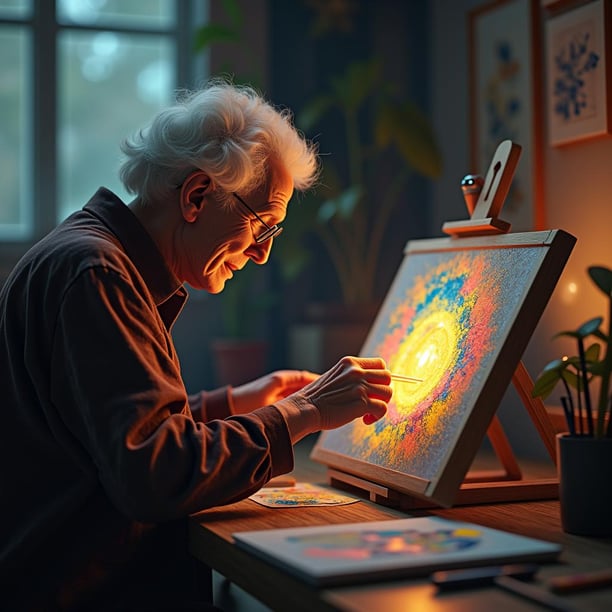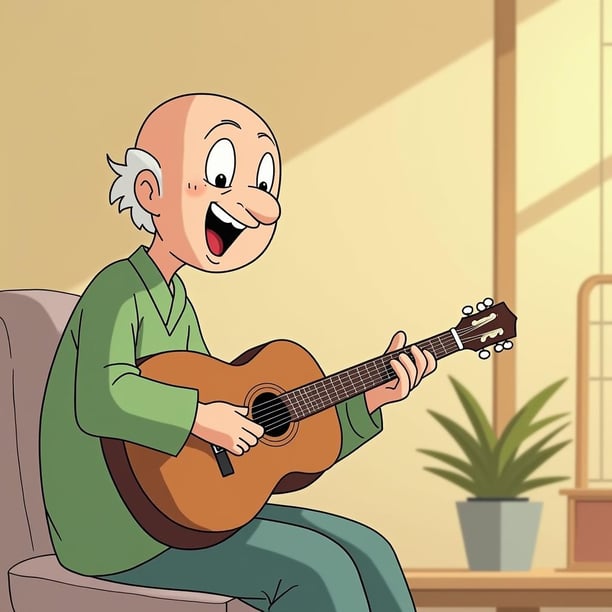
Our Therapeutic Modalities










Explore educational resources for Alzheimer's patients and their families in San Diego area.
Scientifically Proven Therapy
Due to the lack of efficacy of Pharmacological treatment on patients with Alzheimer's disease, Recreational Modalities have proven to be an effective way to improve our patients' quality of life.
Case studies and small trials indicate that Art Therapy may enhance attention, provide pleasure, and improve neuropsychiatric symptoms, social behavior, and self-esteem.
Chancellor, B., Duncan, A., & Chatterjee, A. (2014). Art therapy for Alzheimer's disease and other dementias. Journal of Alzheimer's Disease, 39(1), 1–11. https://doi.org/10.3233/JAD-131295
1. Art Therapy


The Benefits of Art Therapy
Cognitive: Stimulates memory, attention, and problem-solving through visual and tactile activities.
Emotional: Provides a safe outlet for expressing feelings, reducing anxiety, and enhancing self-esteem.
Social: Encourages group participation and communication through shared creative sessions.
Our SMART goals and commitment to you and your loved ones:
Within 4 weeks, the client will complete one guided art activity per session to promote cognitive stimulation and emotional expression in a group setting.
What it is:
Art therapy involves using creative activities like painting, drawing, or sculpting to support self-expression, improve mood, and stimulate the brain. In a therapeutic setting, it’s guided by a trained therapist and tailored to a client’s abilities and interests.
2. Music Therapy


The Benefits of Music Therapy:
Cognitive: Stimulates memory, attention, and problem-solving through visual and tactile activities.
Emotional: Provides a safe outlet for expressing feelings, reducing anxiety, and enhancing self-esteem.
Social: Encourages group participation and communication through shared creative sessions.
Our SMART goals and commitment to you and your loved ones:
Over a 6-week period, the client will participate in weekly group music therapy sessions, demonstrating increased verbal engagement and positive affect in at least 4 out of 6 sessions
What it is:
Music therapy uses singing, rhythm, instruments, or listening to music to improve health and functioning. It can include both active participation and passive listening, often personalized with familiar songs to trigger memory and emotional responses.
Another study demonstrated that Music Therapy reduced behavioral issues like agitation and improved social behaviors. It also highlighted how music stimulates memory recall and emotional regulation in patients with dementia.
Raglio, A., Bellelli, G., Traficante, D., Gianotti, M., Ubezio, M. C., Villani, D., & Trabucchi, M. (2008). Efficacy of music therapy in the treatment of behavioral and psychiatric symptoms of dementia. Aging & Mental Health, 12(5), 619–628. https://doi.org/10.1080/13607860802343099
The Power of Music to the Human Brain


Former Ballet dancer Marta Cintya Gonzalez Saldaña reacts to Thaikovsky's Swam Lake
